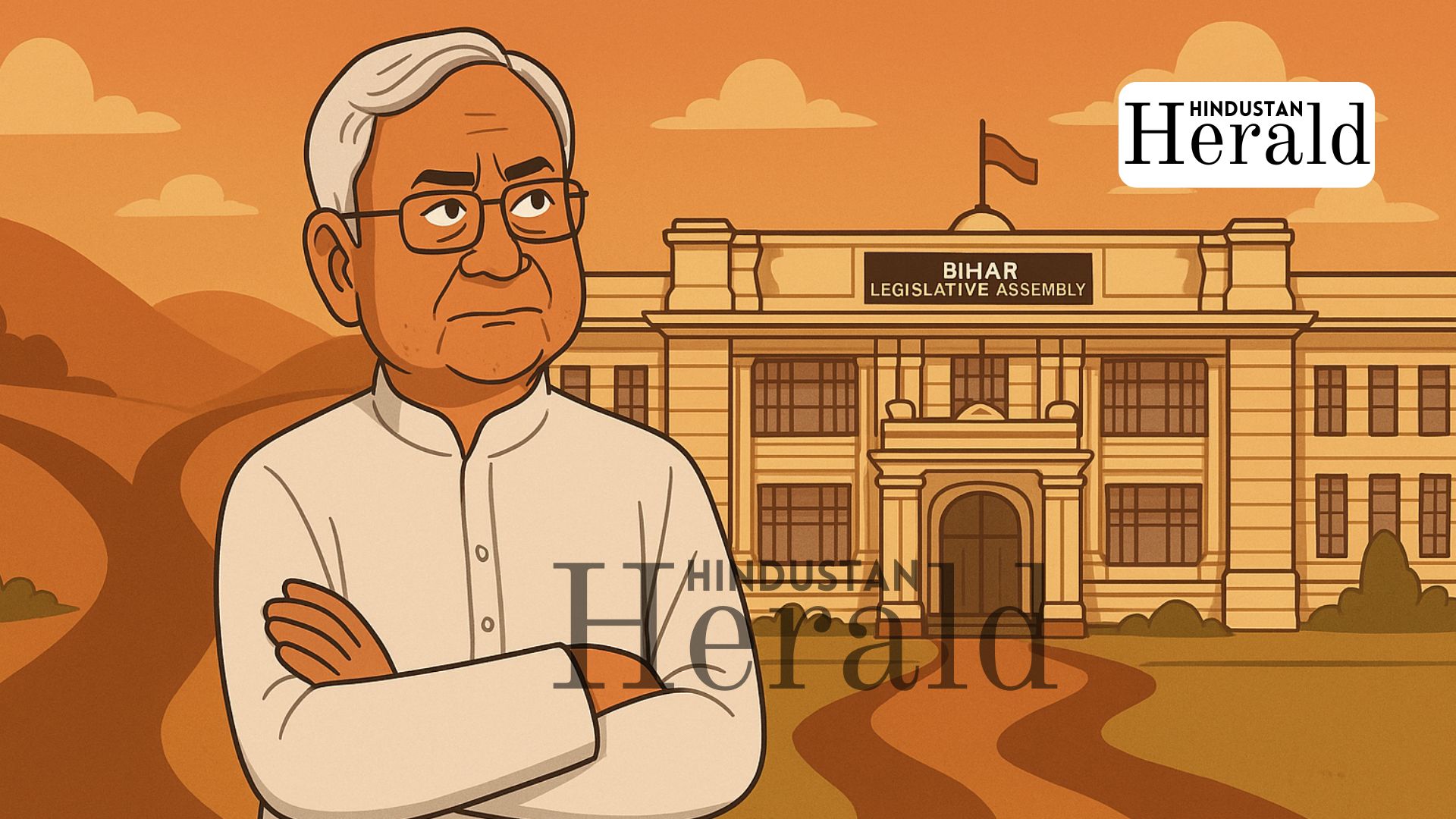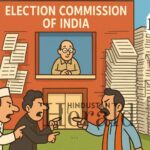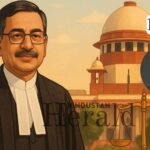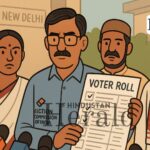Patna, October 7: You could say Bihar runs on two things elections and Nitish Kumar. Every few years, the same faces gather at Raj Bhavan, the same smile on Nitish’s face, and someone inevitably says, “He’s back again.” Nine times now. No one’s even surprised anymore.
He’s been in politics longer than many of his voters have been alive. Socialist, reformer, ally, rebel, it’s all the same cycle. You can call him “Sushasan Babu” or “Palti Kumar.” Both names fit.
The Beginning
Nitish was born in Bakhtiarpur in 1951. Small town, middle-class, nothing extraordinary. His father had fought in the freedom movement; his mother ran the house. He studied engineering at Bihar College of Engineering (now NIT Patna) and joined the Bihar State Electricity Board. That could’ve been his life, fixing power lines, filling attendance sheets.
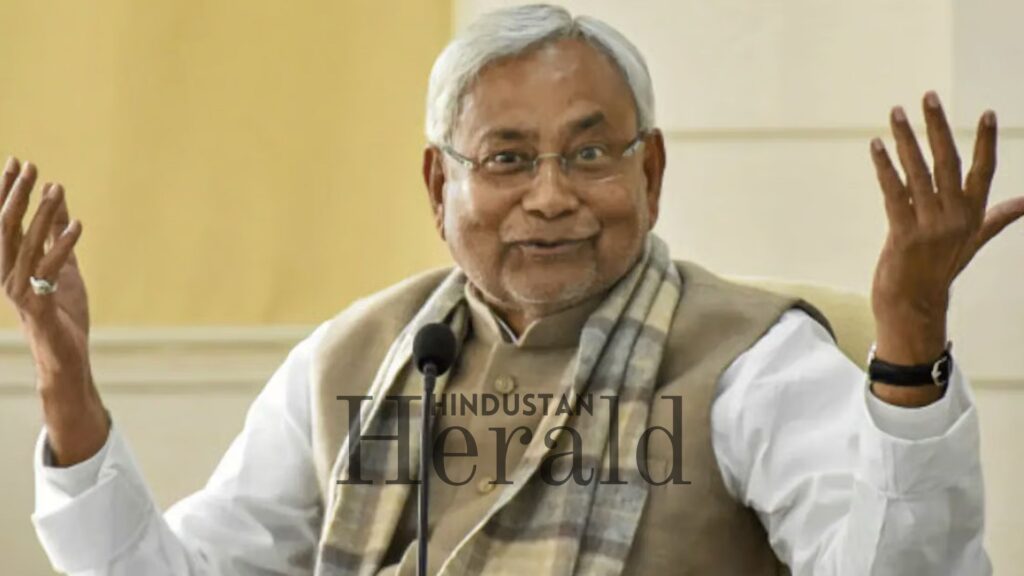
Then came Jayaprakash Narayan’s movement in the 1970s. The JP Movement hit Bihar like a thunderstorm. It turned quiet students into protestors, engineers into agitators. Nitish joined in, and that was that. Once you’ve marched against the Emergency, gone to jail, shouted slogans all night, a government job starts to feel small.
Early Losses And A Foot In The Door
His first two elections, 1977, 1980, were flops. He lost both from Harnaut. Bihar’s politics back then was brutal: caste-driven, unpredictable, unforgiving. But he kept showing up. In 1985, he finally won. Then 1989, he reached the Lok Sabha from Barh.
He was the quiet sort, not one for punchlines or drama. In Parliament, he read every paper, kept notes, and rarely raised his voice. Slowly, people noticed.
A Party Of His Own
By 1994, Nitish had grown tired of Janata Dal’s endless splits. He joined George Fernandes to start the Samata Party. Nobody took them seriously at first. Then they joined hands with the BJP. It wasn’t ideology; it was strategy. Bihar’s numbers demanded arithmetic, not emotion.
That move took Nitish to Delhi. He became Railway Minister, then Agriculture and Surface Transport. Bureaucrats still talk about his long meetings, his obsession with punctuality. He didn’t charm people; he just worked.
The Chief Minister’s Seat
His first term in 2000 lasted barely a week. No majority. But in 2005, everything clicked. The JD(U)-BJP alliance swept the polls, and Nitish took charge properly.
Those first years felt different. Bihar began breathing again. Crime dipped. Roads got built. Schools started functioning. For the first time in ages, people in villages said the government was visible.
They called him Sushasan Babu, the man who brought order. Even those who didn’t vote for him said, “Kam se aadmi hai.” A man of work.
When The Turns Began
Then came 2013. The BJP announced Narendra Modi as its prime ministerial candidate. Nitish didn’t like it. He broke the alliance, saying principles came first.
It backfired. The 2014 Lok Sabha elections were a wipeout. He resigned. A year later, he was back again, now with Lalu Prasad Yadav and the Congress under the Mahagathbandhan banner. That alliance swept the 2015 polls.
For a brief while, Bihar saw two old JP men, Nitish and Lalu, sharing a stage again. Smiling awkwardly, pretending the past didn’t exist.
But it couldn’t last. In 2017, corruption cases against RJD leaders gave Nitish an excuse. He quit the alliance and went back to the BJP.
That’s when people started calling him Palti Kumar, the man who could spin a full circle and still land on his feet.
The Revolving Door
He stayed with the BJP till 2022, then left again. Said the BJP was plotting against him. Joined hands once more with RJD and Congress. The government changed, the slogans changed, and the pattern stayed the same.
Then, in January 2024, he flipped again and walked out of the INDIA bloc, went back to the NDA, and took the oath for the ninth time. The 2024 Bihar political crisis, as Delhi papers called it, was just another day in Patna.
People didn’t even react. One shopkeeper in Kadamkuan summed it up: “Nitish karenge wahi jo Nitish chahein. Baaki sab dekhte rah jaate hain.”
What He Got Right
To his credit, Nitish did change Bihar. Law and order improved. Roads cut through villages that had been mud tracks for generations. Women got 50% reservation in local bodies a quiet but radical move.
For the first time in decades, people could see the government working. And for a while, that was enough.
What He Couldn’t Fix
But Bihar’s bigger problems, jobs, migration, and industry, stayed. The youth kept leaving for Delhi, Surat, and Pune. Every family still has someone working outside. Nitish’s governance gave structure, not prosperity.
He’s 74 now. Still sharp, still restless, but the energy’s different. More defensive than determined. Insiders say he works out of habit now, not ambition.
The Man Behind The Curtain
He’s not a talker. Doesn’t flatter journalists. Barely smiles. You can sit through a half-hour press meet and come away with one usable line, if you’re lucky. But behind that dry exterior is a man who hates chaos. Every alliance he joins or breaks, however cynical it looks, comes from that same obsession with control.
The Road Ahead
No one knows how long he’ll stay this time. Maybe till the next election. Maybe just until he decides otherwise. The JD(U) survives only because of him, and the BJP puts up with him because he still matters in Bihar’s numbers game.
Ask anyone in Patna what happens next, and they’ll shrug. “Yeh Nitish hain,” they’ll say. “Kuch bhi kar sakte hain.”
And maybe that’s the point. In a state where nothing is permanent, not alliances, not promises, Nitish Kumar has managed the only kind of permanence that matters: staying in the chair.
Stay ahead with Hindustan Herald — bringing you trusted news, sharp analysis, and stories that matter across Politics, Business, Technology, Sports, Entertainment, Lifestyle, and more.
Connect with us on Facebook, Instagram, X (Twitter), LinkedIn, YouTube, and join our Telegram community @hindustanherald for real-time updates.
Covers Indian politics, governance, and policy developments with over a decade of experience in political reporting.

